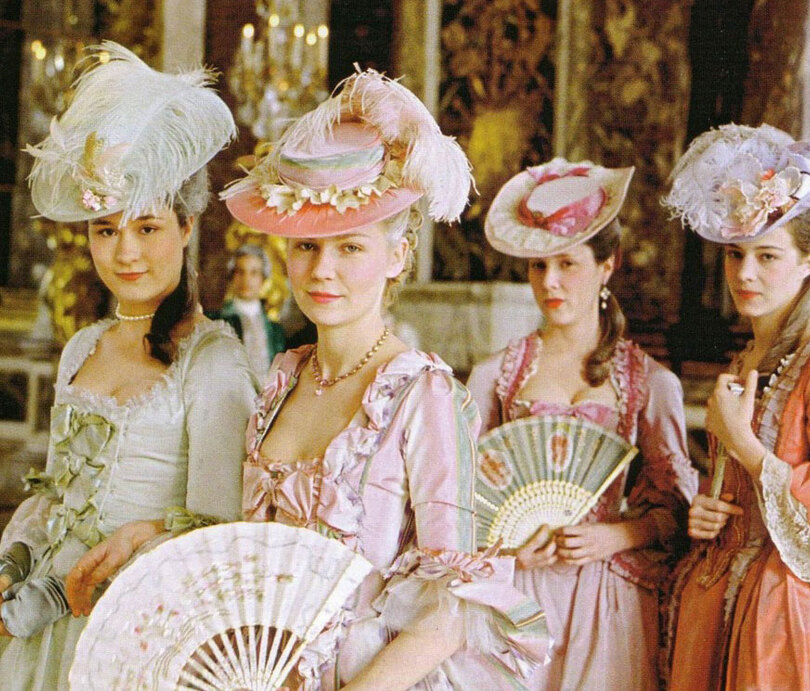
For a long time, women lived with constant pressure to conform to society's expectations, and often went to extreme lengths to meet those expectations. Today, women have more choices and freedom to dress according to their own taste, but it wasn't always the case.
In the past, constantly changing beauty standards, societal pressure, and moral expectations forced women to undergo dangerous and sometimes deadly experiments on their appearances. From disabilities for successful marriages to brain tumors in exchange for porcelain skin, women went through unimaginable sacrifices to meet the demands of a patriarchal society.
Corsets have remained popular among women, but modern designs cannot be compared to the ones women were forced to wear in the past. The corsets that emerged in the 16th century, made of fabric and whalebone, were meant to "cinch" a woman's waist to the desired measurements and maintain a perfect posture. However, these corsets deprived women of normal breathing and restricted their movements. The consequences were dire, including rib and heart muscle compression, miscarriages (pregnant women wore corsets as it was considered improper to reveal a rounded belly), fainting, asphyxiation, and even death.
It wasn't until the 19th century that doctors began warning women about tight lacing. Medical journal "The Lancet," still in publication today, regularly published articles on the harm caused by tight corsetry. Fortunately, in the 20th century, corsets were replaced by bras, which completely eliminated the crippling garment from women's fashion.
In the first half of the 19th century, wide crinoline skirts, made of whalebone or linen hoops, became fashionable. These skirts, with a diameter of up to 180 centimeters, were believed to maintain the necessary distance between women and men, and give women a light and graceful gait. However, such a construction caused numerous inconveniences. Women faced difficulties entering doorways, sitting down, or getting into carriages. Going to the toilet was nearly impossible, and accidents were common. Women, underestimating the size of their skirts, would get too close to open flames, resulting in fires. Moreover, if trapped in such a complex structure, women would burn alive. Despite the dangers, crinoline skirts became immensely popular, and the term "crinolinomania" was coined to describe the obsession with this fashion trend.
If you think modern high-heeled shoes are uncomfortable, you haven't experienced the chopines worn in Europe during the 15th to 17th centuries. These shoes, originating from Venice, were constructed on platforms approximately 50 centimeters high. Women who wore these shoes couldn't walk freely, often requiring a cane or the assistance of servants to keep them balanced.
In the past, women used various methods to enhance their eyes and make them appear bigger and deeper. However, they didn't have access to modern makeup techniques or colored contact lenses. Instead, they used belladonna juice, extracted from a poisonous plant. The effects were noticeable, with a radiant and deep gaze, but the side effects were severe. Blindness, hallucinations, and even death resulted from these experiments. Belladonna juice remained popular until researchers linked its usage to blindness and death.
In the 10th century, small feet became a mandatory attribute of an aristocratic woman, and a bride's prestige depended on her foot size. Chinese girls as young as four or five years old had their feet bound until they reached their desired shape. This process involved breaking the toes and tightly binding them with cloth. By the age of ten, a girl would have an elegant but deformed foot, known as the "lotus foot." This practice caused disability and excruciating pain for the rest of their lives.
In the 16th to 18th centuries, women from high society aspired to have pale, untouched-by-sun skin. They used lead-based cosmetics, which effectively gave them the desired complexion. However, these cosmetics caused ulcers, hair loss, brain tumors, and paralysis. Later, arsenic-based cosmetics replaced the lead ones, but the dangers remained.
Bloodletting, the practice of purposely bleeding oneself, was believed to enhance the complexion. In the 14th century, blood-sucking leeches were used to extract "impure" blood, resulting in smoother skin and a lighter complexion. However, unsanitary conditions and allergic reactions often led to infections, ulcers, bleeding, and dermatitis.



















